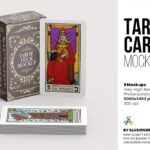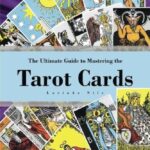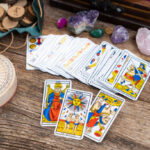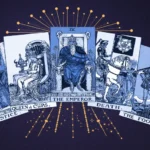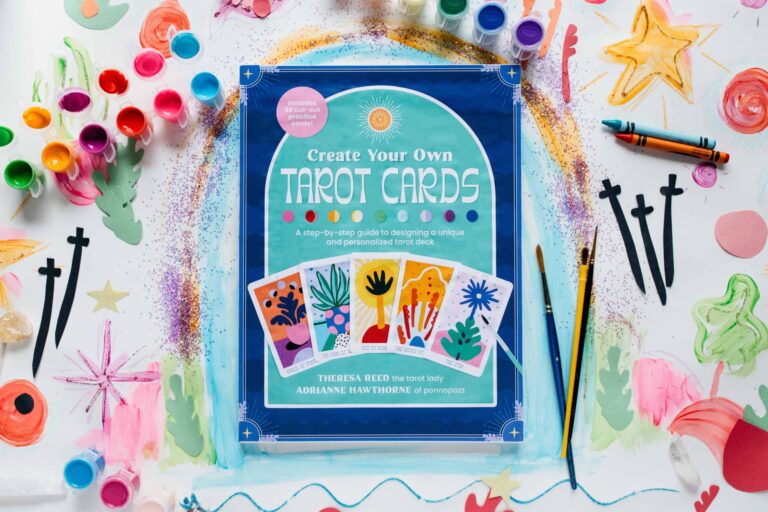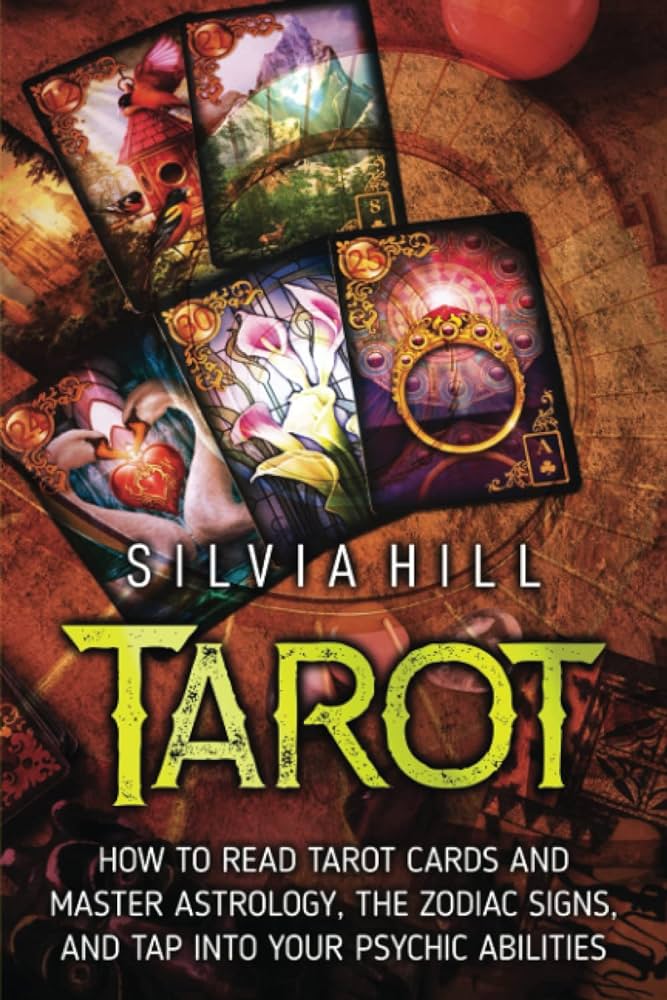How to Publish Tarot Cards: Insider Tips for Successful Distribution
Creating your tarot deck is a deeply fulfilling journey, but once the design process is complete, the next step is sharing your deck with the world. Publishing your tarot cards allows you to showcase your unique creation, connect with tarot enthusiasts, and potentially turn your passion into a thriving business.
This guide walks you through the entire process of publishing tarot cards, from conceptualization to distribution.
Why Publish Your Tarot Deck?

Publishing your tarot cards has several advantages:
- Reach a Wider Audience: Share your creativity with a global community of tarot readers.
- Monetize Your Work: Earn money by selling your tarot deck to collectors and readers.
- Build Your Brand: A published deck can establish you as an artist or spiritual practitioner in the tarot community.
- Empower Others: Help others explore their spiritual journeys through your unique interpretations.
Steps to Publish Tarot Cards
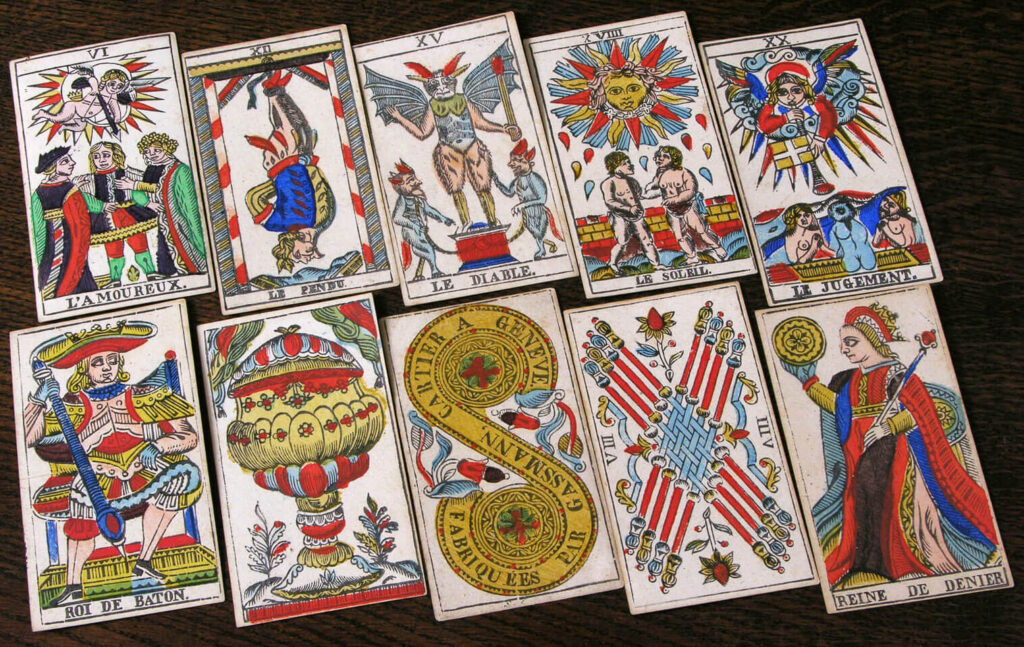
1. Perfect Your Tarot Deck Design
Before thinking about publication, ensure your deck is polished and professional:
- Complete the Artwork: Each card should align with its intended symbolism and meaning.
- Write a Guidebook: Include descriptions for each card, its meanings, and how to use the deck. A guidebook adds value for users, especially beginners.
- Test Your Deck: Use it in readings to ensure it resonates with your vision.
2. Choose a Publishing Method
There are two main routes for publishing tarot cards:
- Self-Publishing
- Provides creative control over the design, production, and pricing.
- Requires managing printing, marketing, and distribution.
- Ideal for artists and creators who want to maintain full ownership.
- Traditional Publishing
- Works with established tarot publishers who handle production and distribution.
- Offers less creative control but removes the burden of logistics.
- Best suited for creators seeking professional support and broader reach.
3. Find a Printing Company
If you opt for self-publishing, finding a reliable printer is crucial:
- Card Quality: Choose durable cardstock that withstands shuffling.
- Custom Options: Look for printers offering customization for size, finish, and box design.
- Quantity: Many printers require a minimum order, so plan your budget accordingly.
Some popular tarot printing companies include:
- MakePlayingCards.com
- Shuffled Ink
- PrinterStudio
- The Game Crafter
4. Prepare Files for Printing

To ensure your cards look professional, provide the printer with the following:
- High-Resolution Artwork: Use at least 300 DPI for crisp images.
- Correct Dimensions: Confirm the size requirements with your printer.
- Bleed Margins: Leave extra space around the edges to prevent important details from being trimmed.
5. Create Packaging
Your tarot deck’s packaging is an extension of your brand and should be visually appealing and protective. Popular options include:
- Tuck boxes
- Two-piece rigid boxes
- Custom bags or wraps
Include branding elements such as your logo, deck name, and tagline.
6. Market Your Tarot Deck
Once your deck is printed, you’ll need to build excitement and attract buyers:
- Launch a Website: Showcase your deck and allow for direct purchases.
- Social Media Promotion: Share sneak peeks, behind-the-scenes content, and testimonials.
- Crowdfunding Campaigns: Platforms like Kickstarter and Indiegogo help fund production while generating buzz.
- Collaborate with Influencers: Send samples to tarot readers and influencers who can review your deck.
7. Distribute Your Deck
Choose the best way to get your deck into the hands of customers:
- Online Stores: Platforms like Etsy, Shopify, and Amazon are excellent for selling tarot cards.
- Local Shops: Partner with metaphysical or spiritual stores in your area.
- Events: Attend tarot conventions, spiritual fairs, and art markets to promote your deck in person.
Tips for Publishing Success

- Know Your Audience: Understand the needs and preferences of tarot readers.
- Set a Fair Price: Consider production costs, marketing expenses, and competitor pricing.
- Focus on Branding: A consistent theme across your deck, packaging, and marketing materials makes your product more appealing.
- Engage Your Community: Build relationships with your audience by sharing your journey and interacting with followers online.
Common Challenges in Publishing Tarot Cards
Publishing tarot cards can be rewarding, but it’s not without challenges:
- High Production Costs: Printing quality cards and packaging can be expensive.
- Finding an Audience: Building visibility requires consistent marketing efforts.
- Managing Inventory: If you self-publish, you’ll need space and a system for storing and shipping your cards.
Final Thoughts
Publishing your tarot cards is a fulfilling way to share your creativity and spiritual insights with the world. Whether you choose self-publishing or traditional publishing, the process requires dedication, but the results are worth it.
Ready to bring your tarot deck to life? Start planning today and watch your unique vision become a reality. For more spiritual insights and tips, visit SpiritLoom.


